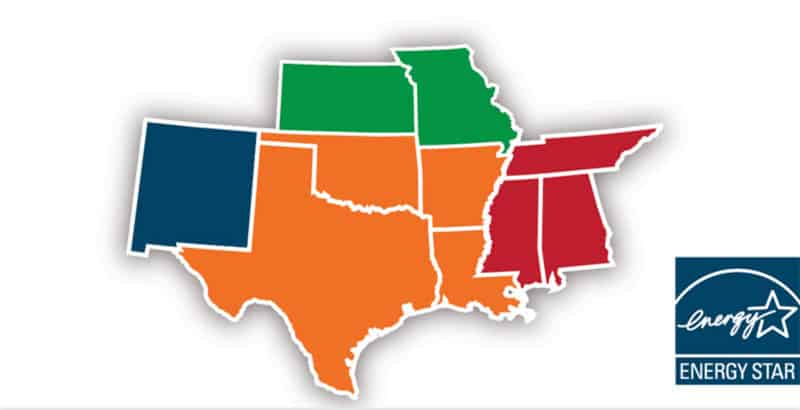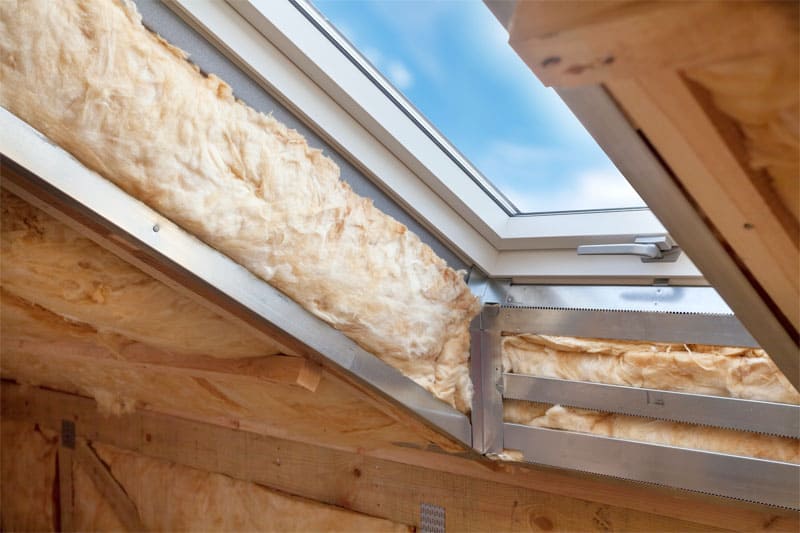We are here to help fill in the gaps. In the following post, we are going to look at what the Energy Star certification is and what I mean, as well as highlighting the types of products that have the certification and the potential tax rebates that come from investing in them.
Let’s dive right in.
Energy Star – What is It?
Energy Star is a voluntary program that is overseen by the EPA or the United States Environmental Protection Agency and was introduced as part of the Federal Clean Air Act of 1992. It was formulated to assist people in learning more about the various ways they could save money and help to reduce damage to the environment by improved energy-efficiency.
Through the initiative, the EPA highlights and actively promotes buildings and products that are energy-efficient, with the overarching aim of reducing pollution, improving energy security, and reducing energy consumption.
By far, one of the biggest contributions to pollution is the creation of greenhouse gasses and according to the Energy Star program, around 2/3’s of the emissions of greenhouse gases originate from energy use in industry, buildings, and homes. This is why the program and the rating system developed by Energy Star has been focused on reducing greenhouse gases.
Energy Star Label – What Does It Mean?
We mentioned the Energy Star rating system in the previous paragraph, and this is a crucial part to the whole program. This is primarily focused on three main categories:
-
- Commercial businesses
- Homes (both existing and new)
- Products

What Qualifies a Product for an Energy Star Label and Rating?
Generally speaking, the EPA establishes the specifications for products based around the following principles:
-
-
-
- Categories of products that significantly contribute to energy savings on a national level
- Products that are certified must deliver the performance and features consumers demand,
as well as increase their energy-efficiency - Where the certified products are priced higher than less-efficient options, consumers will be
able to recover the additional investment through utility bill savings from the increase in
energy efficiency. - Energy efficiency is possible through widely available technologies that are non-proprietary
and supplied by more than just one manufacturer - Performance and energy consumption of products are easy to measure and verify through
testing - Labeling the products will differentiate them from others and be easy for consumers to see.
-
-
But what actually makes products Energy Star products. Let’s look at that in greater detail.
What Makes Products Energy Star Products?
Products that are marked as being Energy Star, are exactly the same or better than normal products, with the main difference really being that they need less power and energy. To achieve the Energy Star label and rating, products need to adhere to strict criteria for energy efficiency set out by the EPA.

Some good examples of the criteria set for commonplace appliances include:
-
-
-
- Furnaces that qualify for the Energy Star rating have a rating that is 90% AFUE or even more. That works out at around 15% better efficiency than the minimum efficiency standard.
- Lightbulbs that qualify for Energy Star rating use around 2/3s less energy than normal incandescent bulbs and adhere to further reliability and operating guidelines
- Qualifying office equipment enters a reduced power sleep mode automatically following a specific period of no use.
- Televisions that qualify consume at least 3-watts or less than when they are not on when compared to normal televisions, which normally consume as much as an average of 6-watts.
- Refrigerators that qualify need to have an efficiency that is 15% higher than the minimum efficiency standard.
- Energy Efficient replacement windows, doors, and skylights that qualify for Energy Star are produced by an authorized Energy Star partner. Maverick Windows partner with NT Window and Provia to offer top of line Energy Efficient replacement windows and Doors. They are verified, certified, and tested independently by the NFRC, that is the National Fenestration Rating Council, who have their own ratings that adhere to the guidelines on energy-efficiency set out by the EPA.
-
-
There are products and appliances in most categories these days that have Energy Star ratings. Now that you know some of the products that can qualify for Energy Star ratings, what are the benefits? Aside from the peace of mind of knowing you are doing your bit for the environment and saving money on your utility bills, they may also qualify you for federal tax rebates or credits.
What Products With Energy Star Ratings Qualify for Federal Tax Rebates/Credits?
There is a large variety of products and appliances with the Energy Star rating that qualify for Federal Tax Credits. There are too many to mention here, but here are several examples:
-
-
- Window, doors, and skylights – if you have had skylights, doors or windows replaced that qualify for the Energy Star you can benefit from tax credits of up to 10% of as much as $500 on doors and as much as $200 on skylights and windows.
- Central air conditioning – central air conditioners that are recognized as being Energy Star Most Efficient qualify for a tax credit of up to $300.
- Oil, propane, or a natural gas furnace – oil and gas furnaces that earn the Energy Star label includes fans and qualify for a $150 tax rebate, which also covers installation costs.
- Air source heat pumps – air source heat pumps that are certified as Energy Star qualified for a tax credit of $300.
-

